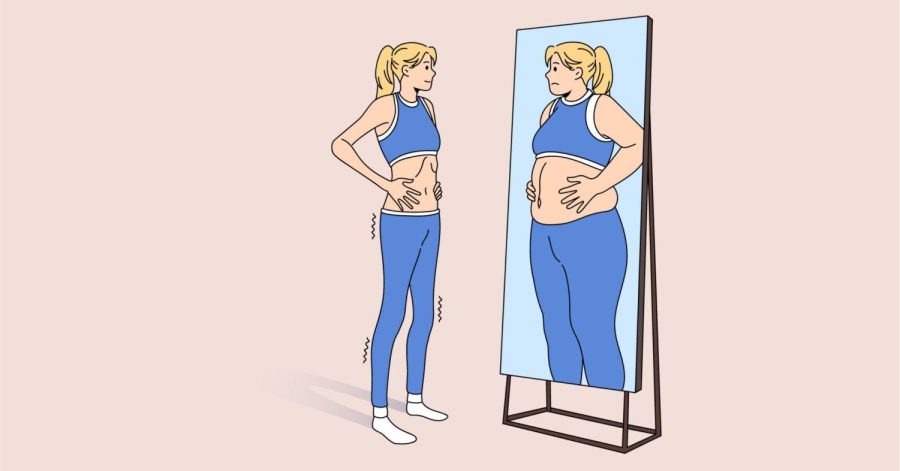Body Dysmorphic Disorder in Teens
Young people today are very troubled with their personal and body image. Body Dysmorphic Disorder (BDD) is prevalent in many of America’s youth. A study from Mental Health America showed that early signs and symptoms can begin as early as age 12-13, and can continue into late teen and adulthood years if not addressed.
Symptoms can vary from focusing on and worrying about the way one looks, to extreme cases of teens trapping themselves in their room and refusing to be seen by anybody but parents or siblings. Some results of people struggling with BDD include constantly asking how they look or shame in disgust at the way they look. They ask themselves questions like “Do I look okay?” or “I look so ugly in this don’t I?” These may seem like harmless comments, but they can lead to much worse. A study from the Newport Academy of 200 teens who suffered from Body Dysmorphia showed that 78% of the teens had contemplated self-harm or suicide, and almost all had a form of depression caused by their being uncomfortable in their own skin.
In many cases, teens become obsessed with the gym, this is especially prevalent in young men, who believe if their muscles are bigger it will help with their self-image. While it may be a short-term solution, this causes a never-ending cycle of working out and attempting to get bigger and bigger, or leaner and skinnier. Some even resort to steroids or overworking their bodies to the point of serious injury. There are programs to address this specific problem in teens and young adults, the goal being to find a healthy balance between working out and giving your body the rest and nutrients it needs.
In order to get a local representation of the issue, 50 people of all grades at Prairie High School were randomly polled. These people were asked the question “Have you ever struggled with body dysmorphia, or not felt comfortable in your own skin?” 38 out of 50 people said yes, and 12 were unsure or answered no. A total of 76% of people who were polled had struggled with BDD or had gone through a phase of struggling with their appearance.
It is possible to overcome BDD on your own, through a long process of positive self-reflection, and learning to be comfortable with your body. There are resources available for people who need more help dealing with their body dysmorphia. A very widely accepted form of treatment is Cognitive Behavioral Therapy (CBT) with a licensed therapist. This treatment involves therapy sessions, where an adult works through the main triggers that drive the destructive thinking and behavior that many teens exhibit.
According to a study in the “Journal of Clinical Psychiatry,” a survey of 107 patients struggling with Body Dysmorphic Disorder was put through 6 weeks of CBT, where they showed dramatic improvements in their depression and anxiety scores. The treatment helps these teens bring themselves away from the thoughts that they couldn’t avoid about themselves and their appearance. If you ever find yourself thinking these thoughts, or thinking heavily about your appearance to the point that it affects your mood, academic performance, or relationships with people around you. Seek help from a parent or a trusted adult, and be honest about your feelings and thoughts.








